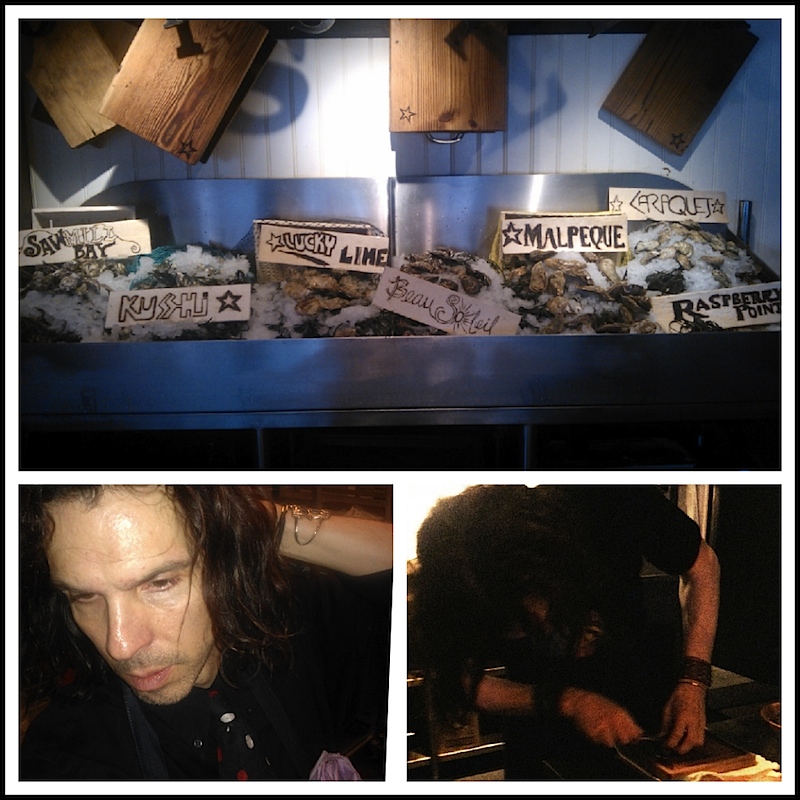
Every word written on oysters is elegiac, a halting Keith Levene lead from a broken speaker across the river, a threnody never equal to the event of a sane and sacred death. Every word written on oysters in Calgary tries to shed light on a series of appearances manifesting the bizarre circumstance of the rise of an oyster culture in landlocked Alberta, in Canada’s most renewable city, a sort of urban unfinished symphony performed a 13 hour drive from the ocean.
Every passion craves a cradle, and Calgary’s mixological model is the Caesar cocktail, forever St George to the hangover Smaug, innovated in 1969 at the Westin hotel and still magically unexportable after hundreds of millions served. Three decades on it was time for Calgary’s culinary renaissance, with an oyster explosion just around the corner. The ocean came calling long ago — traditional seafood market mainstays remain and flourish – but the oyster as a novelty article of mobilized faith became a seagoing concern with the opening of the ambitious Catch & The Oyster Bar in 2002. Michael Noble, Canada’s leading international culinary figure at the time and fresh from an Iron Chef Japan appearance, rolled into town aiming high and hit virtually every target for a long spell. Catch was En Route’s 2002 Best New Canadian Restaurant and acted as a breeding ground for a veritable football team of successful Canadian chefs; it continues to lead the way among Calgary’s seafood restaurants over a decade later with Ocean Wise ninja Kyle Groves at the chef helm.
The current Calgary oyster craze began when Noble hired me at Catch in 2002. I started in Toronto in ’98. Quick lineage, but what stands today – a single Calgary dealer (Meta4 Foods) running shellfish into the city from artisanal growers on both coasts – started in my time. Meta4 founder Eric Giesbrecht once assisted me at the Catch oyster bar, and ultimately his inspiration reached higher than any peak I could claim from my own Toronto experience adjusted to Calgary settings.
But after leaving Catch I gave a passable simulacrum of inspiration for a spell, wholesaling shellfish, catering events and swimming through the restaurant community consulting on oyster upkeep, storage and presentation. With a chef working the hot side, I did oyster shows in the kitchen theatre grandstand at Stampede. Cowboy hats were mandatory: at my first show I rushed into the park area to purchase a hat before going onstage. (That year I followed Christine Cushing, the Food Network host who always burst out laughing when nothing funny was going on.) A few minutes later I was checking out a hat in a mirror when a doddering dusty dirt road dude in old perfect boots stepped between me and the hat and chewed “MUSICIAN, you ain’t no COWBOY.”
“I KNOW! I have to wear it for a kitchen thing.” And we both laughed because there really was something funny going on.
I went with black and stuck to the rules because Stampede isn’t close to what we were taught in Ontario schools, other than the bit about it being a unique Canadian institution. Growing up in close enough proximity to the CNE on one side and Bob-Lo Island & Cedar Point on the other, I once believed I understood lawful assembly in pursuit of thrills and sugar. But Stampede is different from anything else in the world: pure laine western culture on a myriad of monumental stages and tiny donuts.
Looking for the Kitchen Theatre my first year, it felt as if the entire CNE could fit into the Roundup Centre with room to spare, about 10% of Stampede. Adding fuel to the overall overwhelm are the frozen human moments outside the grounds, moments rising and fading for 10 days beginning with the opening parade.
Encountering the parade floats on 9th Avenue being readied for the event on day one is like walking through the combined sets of Juliet of the Spirits and Fistful of Dollars. And like the event plan of a surrealist Moses, everything is welcomed and on display, even the ocean. So I put on the cowboy hat and shucked.
But I left Calgary in 2006 – as it turned out, for nothing at all. The Herald food critic at the time was very kind in farewell, but I was in full tilt at a windmill’s ghost. I took off to join the writing team of Michael Ignatieff, the embalmer’s party trick who besotted a Canadian political party willing to subvert their constitution to install him without a convention. Thinking back to his political slaughter at the capable butcher’s hands of our gelideologue Prime Minister, I’m reminded that I never shucked for Ignatieff: perhaps one of my shellfish seminars could have impressed upon him the necessity of learning to listen lest he be hamstrung, put on ice and discarded with the rest of the biodegraded political compost.
Long after Ignatieff’s fall from public life (but before he published an apologia valentine to himself), Calgary came calling again. This time it was a nightclub group anxious to add an oyster bar to an ambitious downtown project with 800+ capacity and five separate bars. I had already retooled the oyster program in the Distillery and enjoyed a brief enjoyable run at the unstoppable Union on Ossington (where I experienced the best food of any restaurant at which I’d ever worked); so my antidote to a mistaken exit was a Cowtown re-entry in spring 2013, laying it out for Shaw television and commencing training for the run of provincial and national competitions that season. At the provincial shucking competition that summer, 25 contestants turned up from both Calgary and Edmonton. I’d helped organize the first Calgary shucking competition with Michael Noble at Catch and later conceived and ran the Calgary Open festival for three years: we’d pulled good spectator numbers but never a contestant roll that high. It was gratifying and flat out exciting to witness the spike in oyster culture that Eric Giesbrecht had built and nurtured after I left town.
But education and readiness to educate was still a work in progress. In the first Oyster Railway Handbook on Good Food Revolution I wrote of chef oyster fascination and its strong potential for hot and cold side creation. The oyster sliders now on the menu at The Chase in Toronto are an example of just such a wonderful crash. But success in the foodservice industry may be too often sided by cat-sustaining incuriosity. One Calgary corporate chef believed his Oysterpedia app was a suitable proxy for conversation and idea exchange. He pulled it up on his iPhone, held it in front of me for a moment and sauntered away, still leering with slaveowner intensity at the Kumamoto page. We never spoke and no cooked oyster ever appeared on his menu, but he did show a lively and spirited support for his oyster program by issuing a warning against foodborne shellfish virus in the menu’s raw bar section. Seriously. You just can’t make this up. It was every bit as reassuring as a neon “WE MAY NOT KNOW WHAT WE’RE DOING” in a hospital operating theatre.
Of course this isn’t just a Calgary thing — neither unheard of nor unusual anywhere. Cooking school and restaurant doors will remain open to the passion impaired, and there’s nothing wrong with it as long as humans remain wired for hunger. On the other hand, there are only a few dozen shuckers in the country whose passion has helped make Canada the best place in the world to order a raw oyster. That’s all it took. But it also takes a forger to work a forge and ovens are everywhere. We will always be exponentially outnumbered by (and made to answer to) those craving easy answers around the most complex edible living creature.
William Carlos Williams, when asked for career advice by two young Beat poets, pointed out the window and said “There’s a lot of bastards out there.” Passion helps navigate the minefield, and in my experience I’m not alone in keeping my head down and back up when brandishing the knife under the processional weight of those unburdened by love and nuance.
A lot of them are out there too: some of them are critics, full of belly and empty of head, puling hyperbole tubes. GB Shaw once warned to beware false knowledge, for “it is better than ignorance”, and it’s especially true now as bloggers play foodsie with critical theory to menace new restaurant projects, a responsibility once the business of career print and television critics. Shortly after returning to Calgary I shucked at a restaurant rebranding event attended by several food bloggers, to whom I was introduced one by one; none tried an oyster but they all took cell photos of the ice bed. The next day I read the charmless online accounts and felt that at least in this respect Calgary is similar to any large North American city, democratization never being the proper term for such quick and permanent shuttering of systems of thought and criticism.
Moreover, the without was once just as wrongheaded as the within: Globe & Mail’s food sophist emeritus Joanne Kates’ carpet-bombing Calgary missions have ceased, but her words dissonate still: among her careless and expected factual errors was the offhand comment that Calgary’s restaurant scene was 30 years behind its Toronto counterpart. Interesting that she declared this at a moment when Michael Noble had just left Catch, the lessons of Slow Food had long been absorbed and the city was teeming with new exciting restaurants with young chefs and singular foci. For three years in the mid aughts I published a Chefs of Calgary calendar for a local food charity, and I didn’t need to repeat a single featured chef. Calgary had even produced a world-class food writer in dee Hobsbawn Smith, a chef-poet locavore warrior whose award-winning 2012 book Foodshed was an unsparingly human look at the business of sustainable farming in Alberta.
So just how evolved is the oyster in Calgary? Rodney’s Oyster House will open a location here in summer 2014. So I’d say the market must not look half bad for such an investment to be undertaken. And I’m happy to be back. I still crave the love of a city, every bit now as when I arrived here from Toronto in 2001 with a few Dexter knives and an incipient determination to shuck the world.
 Anthony Wing missed a bowling date with Michael Noble over Christmas holidays. On Twitter he is known as @oystertaker.
Anthony Wing missed a bowling date with Michael Noble over Christmas holidays. On Twitter he is known as @oystertaker.

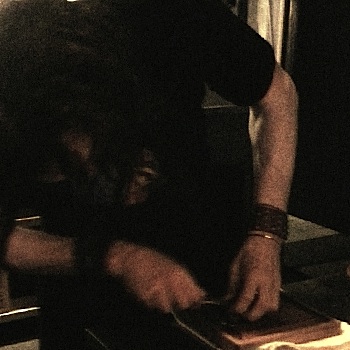

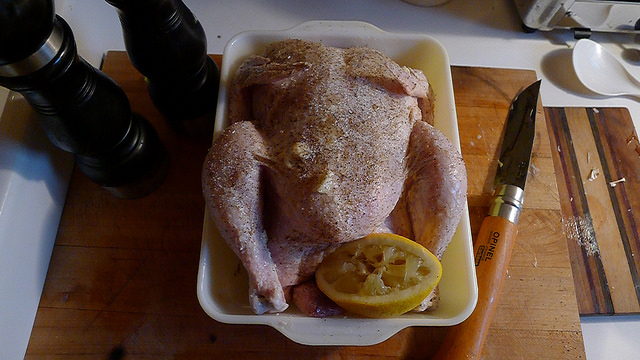

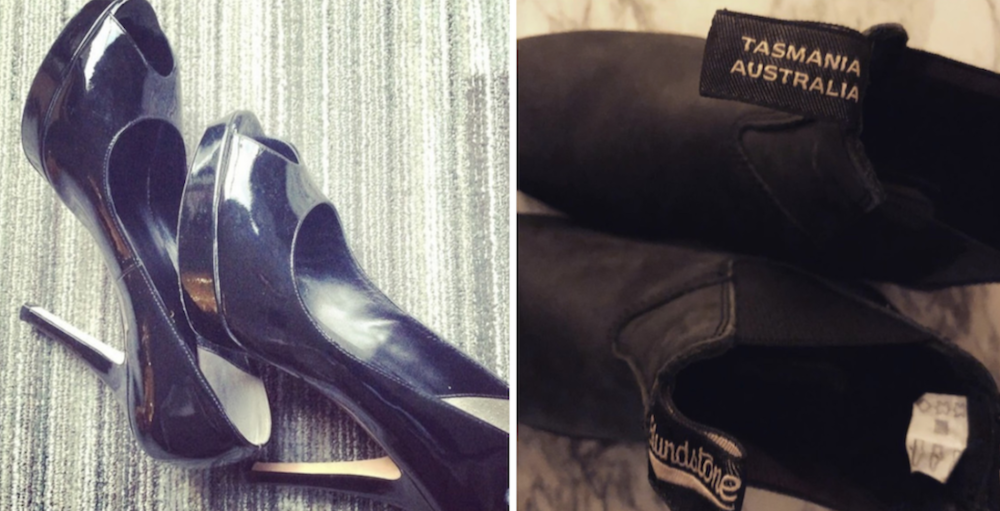
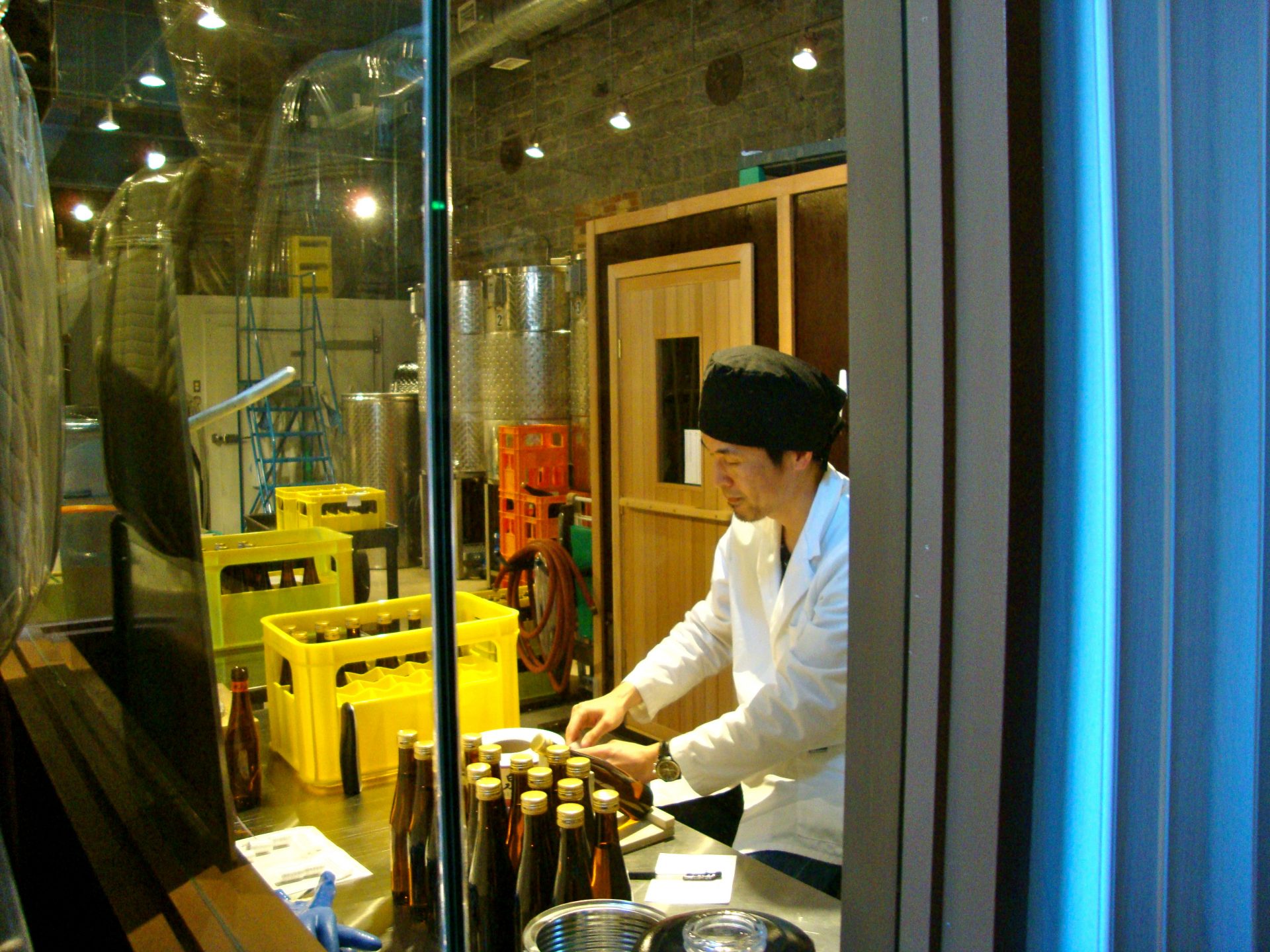

well it is good to find you here in fine form and teaching us all new words and a finer appreciation of food. The other day, I stood at a newly established oyster bar in the fresh food isle of a store belonging to a well-known and not-farmer-market-friendly grocery chain. And as I stood there staring at the beautiful shells that held such culinary pleasure, I realized I should have asked – before you left Toronto – how do you shuck an oyster ?…..
As usual dear Anthony your sublime sentences are as intricate and well seasoned as the finest dinner concocted and leaves you wanting more!
I don’t know anyone who writes like you, Anthony. You remind me of Ginsberg and Kerouac in full flight. William Carlos Williams, Ignatieff and oysters on the same page- great stew, man, you really dish. There ARE a lot of bastards out there, but Ginsberg’s angels, too, all around us.
Great post, Anthony. I forwarded it to some friends. See you soon!
T, your passionate dispensations on the lab… the oyster, begs the question, “Which coast’s girls are best?”